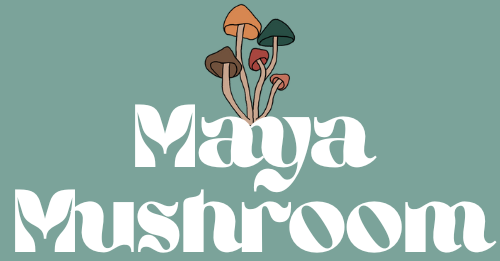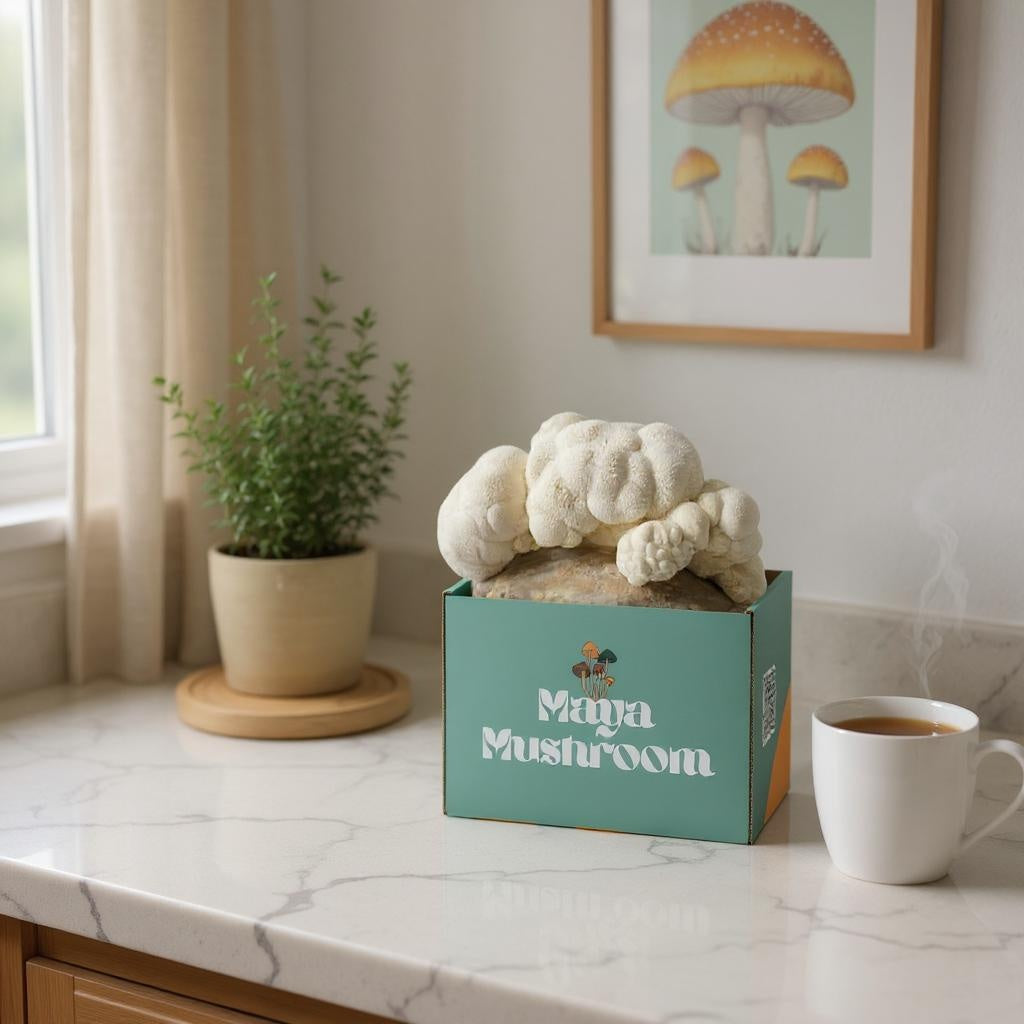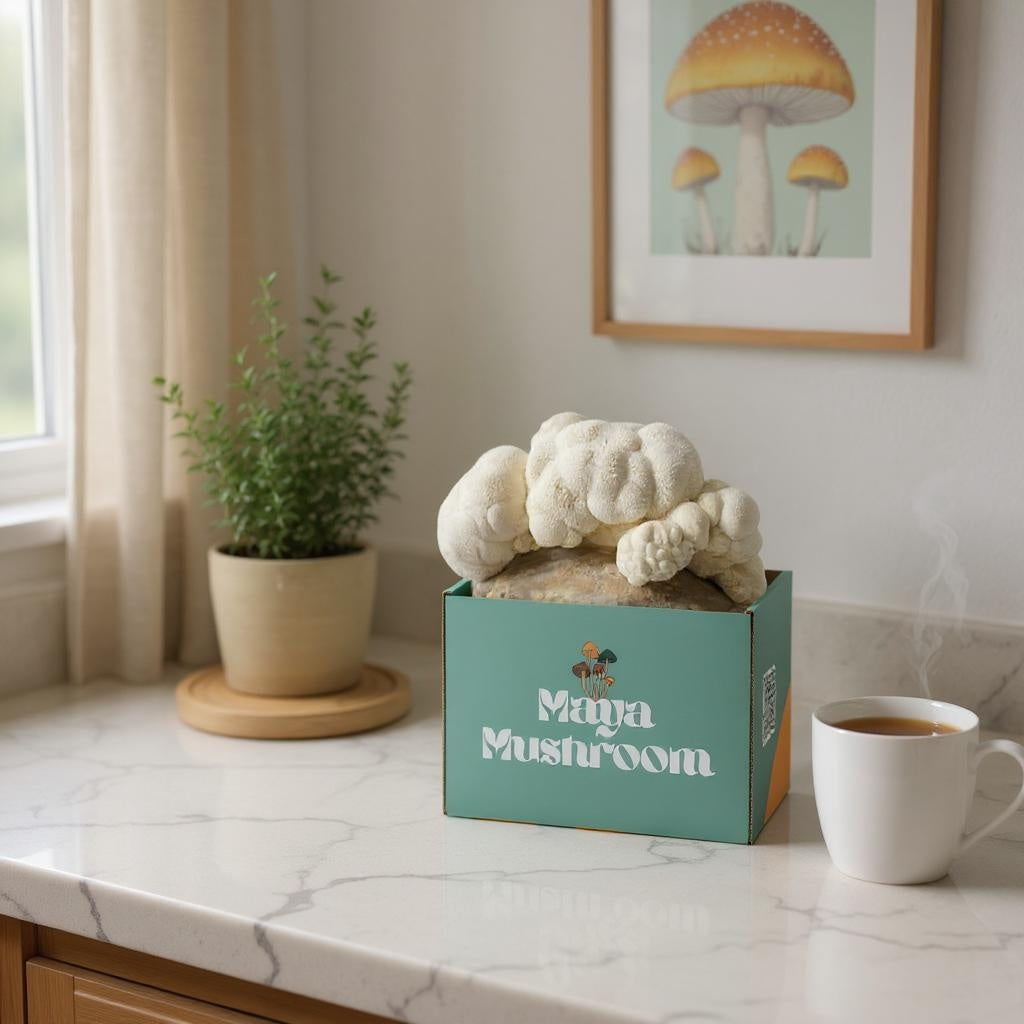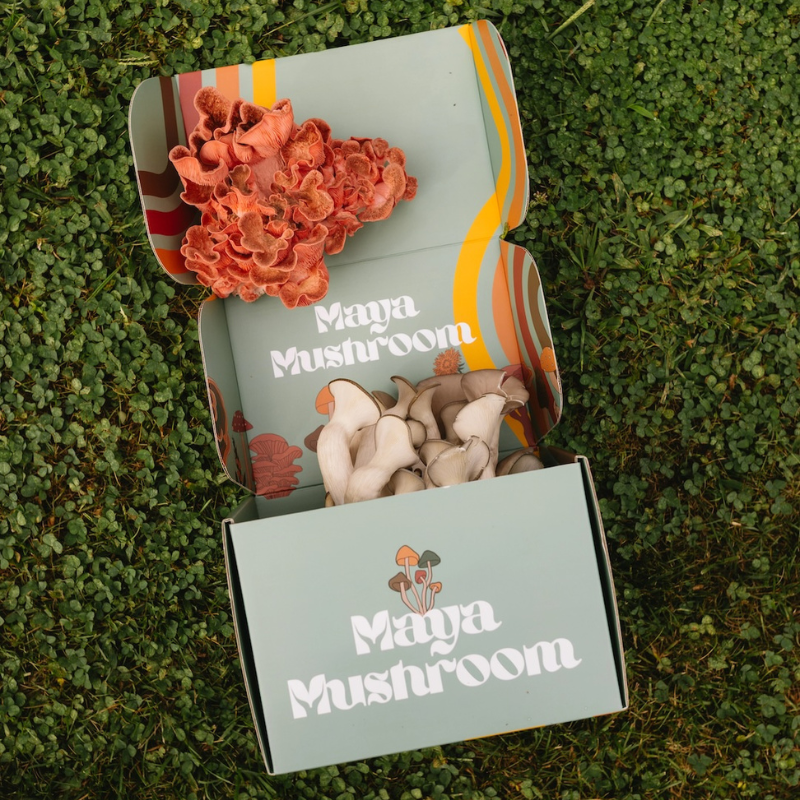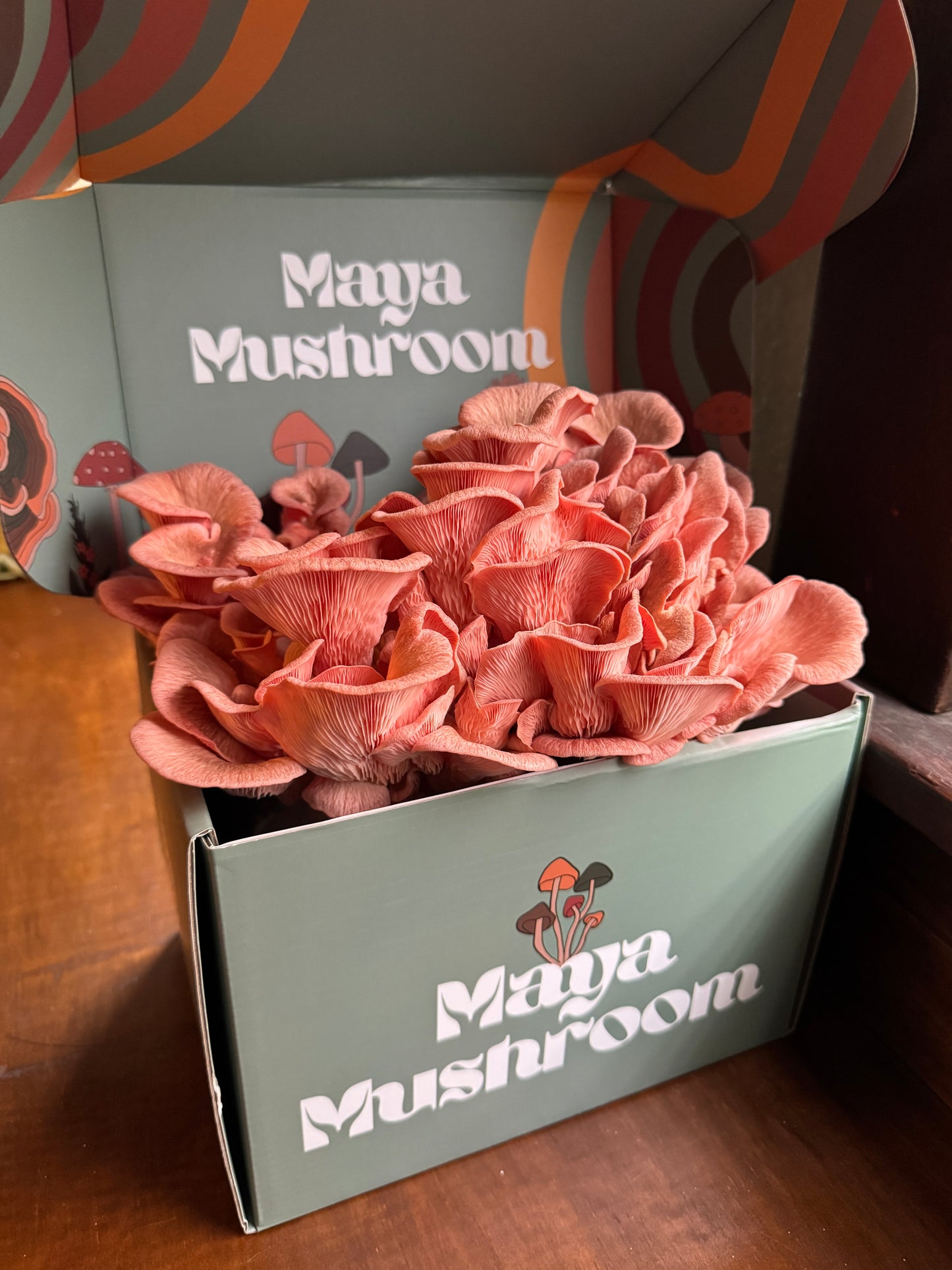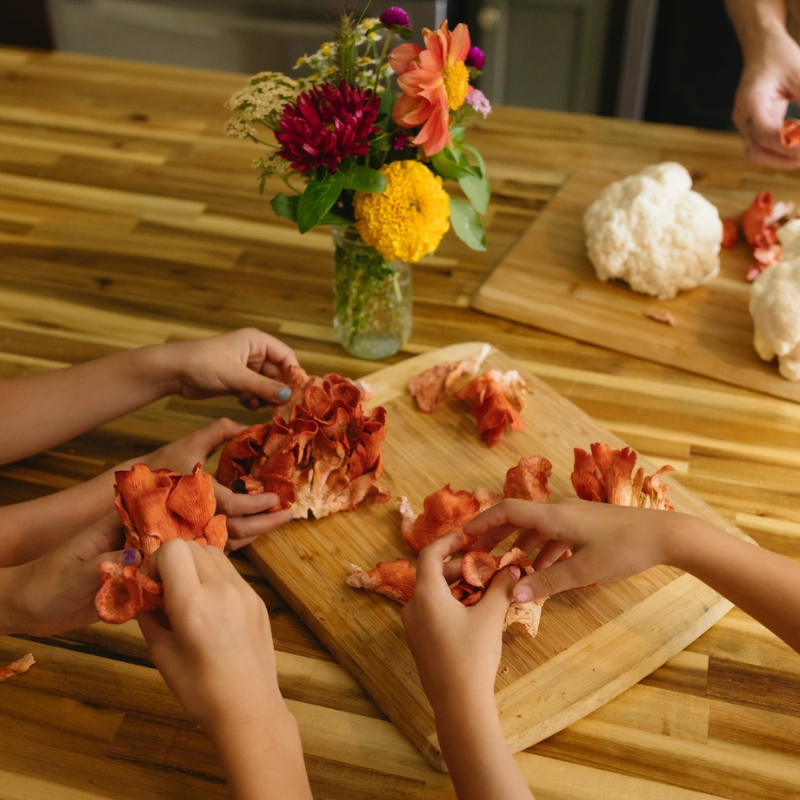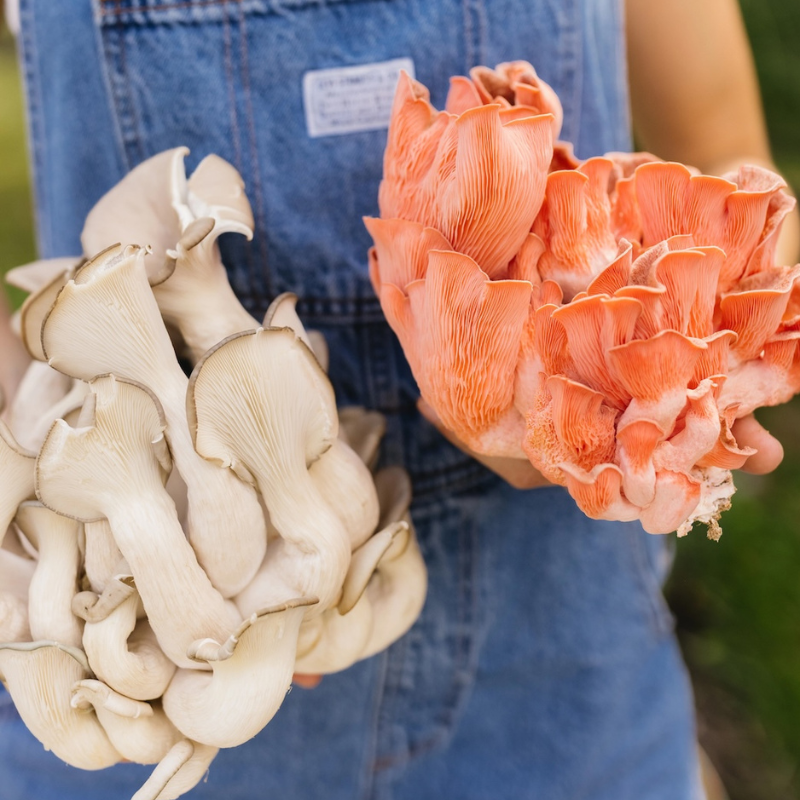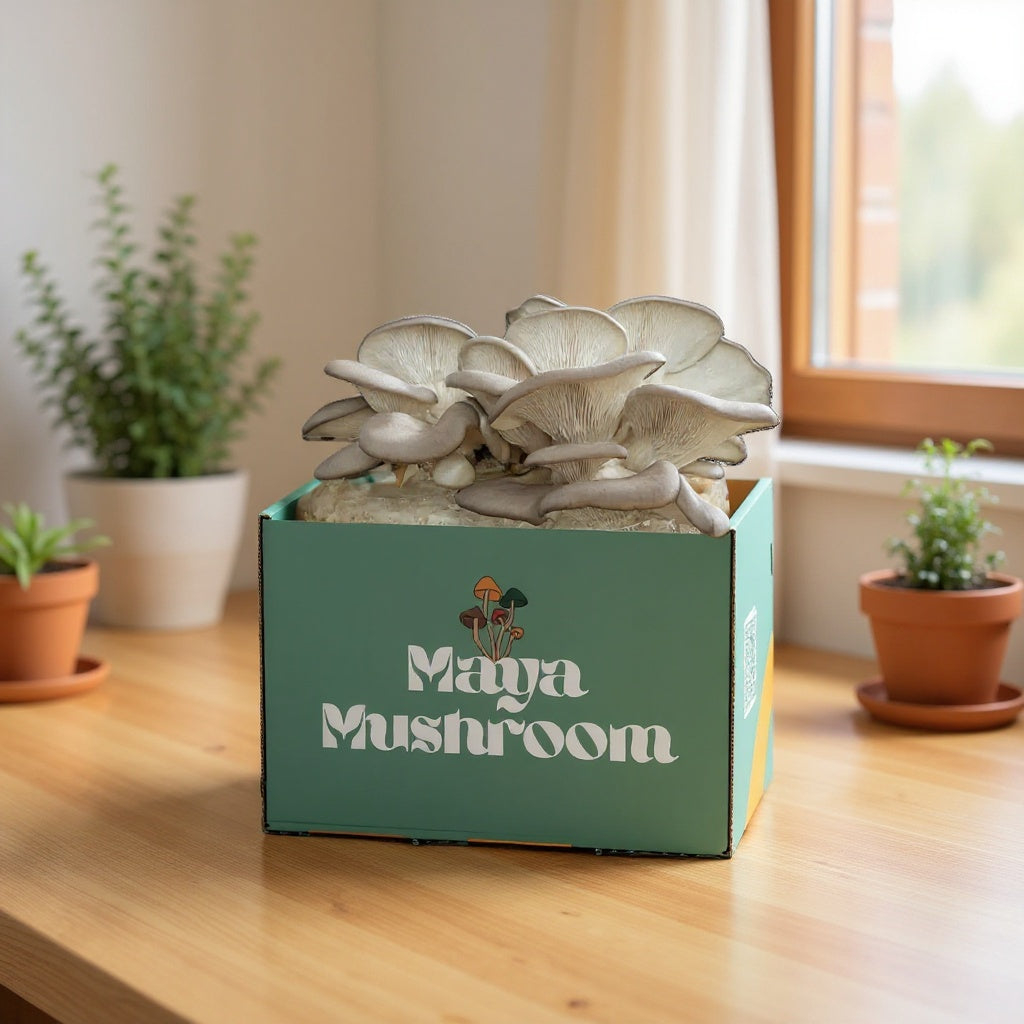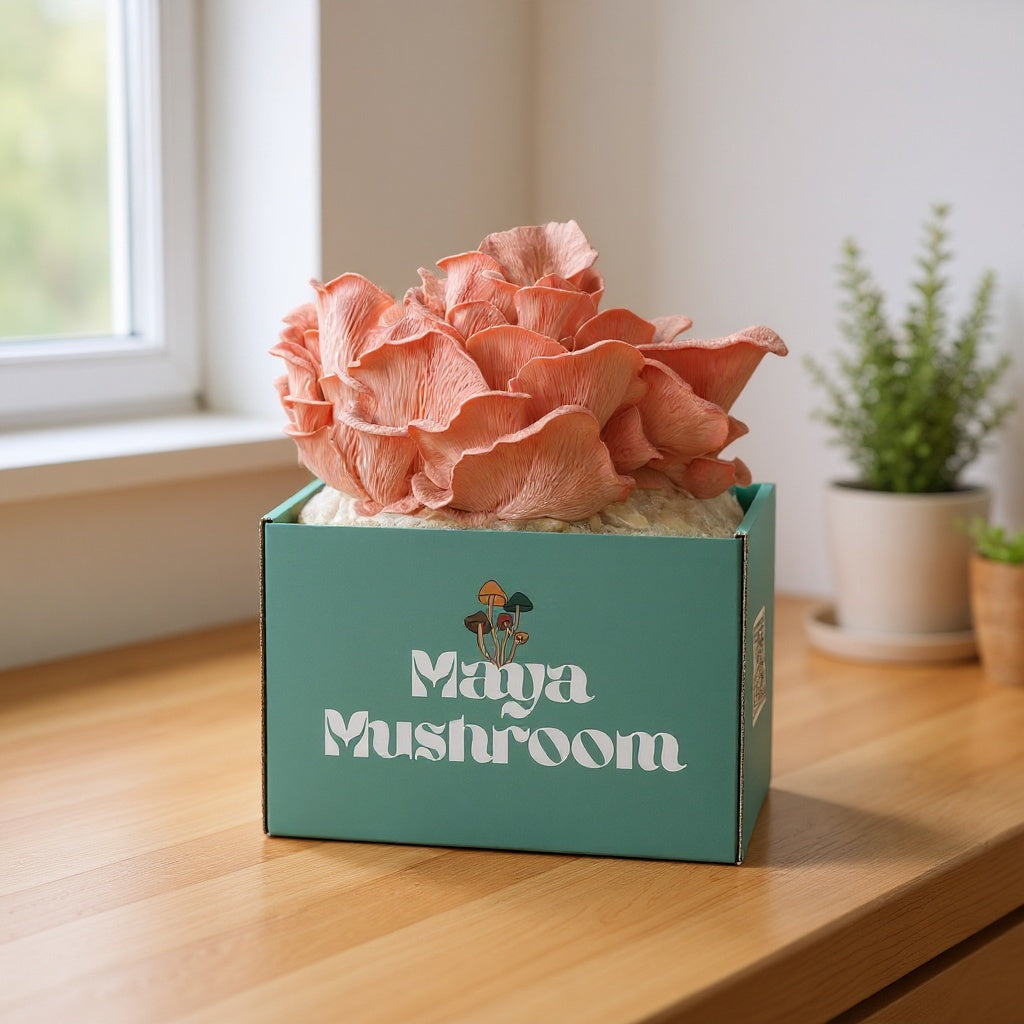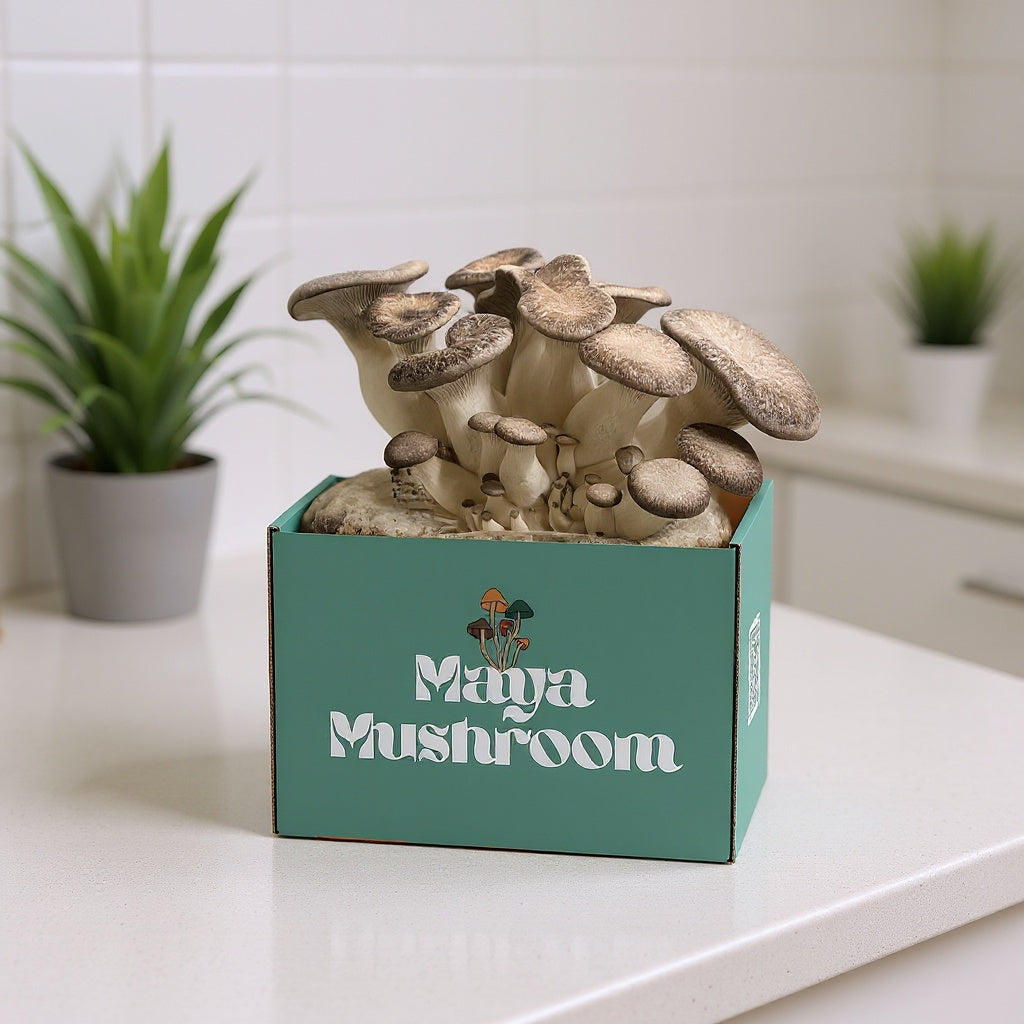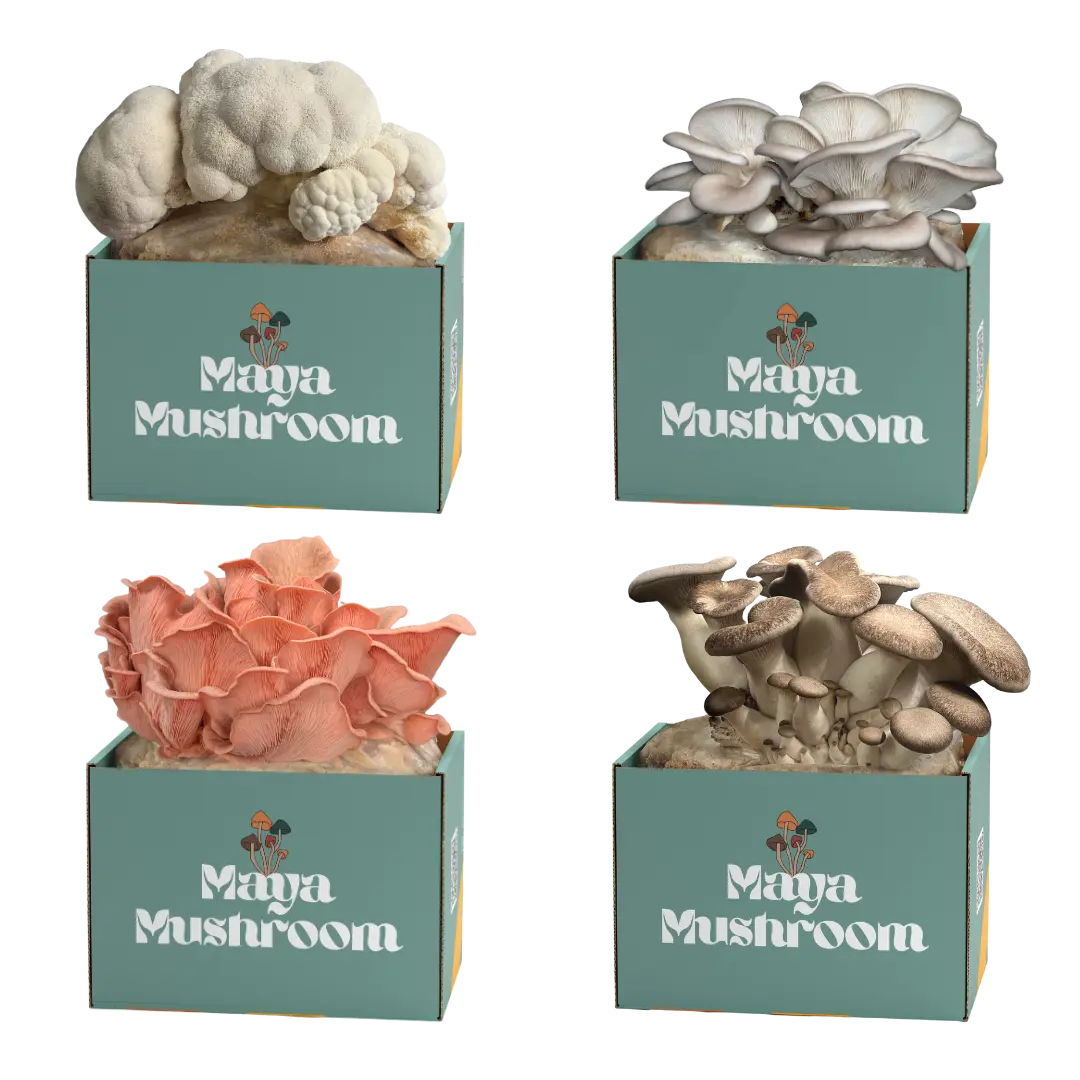The Secret World of Exotic Mushrooms You Can Grow Right in Your Living Room

Picture walking into your kitchen and spotting delicate coral-like blooms, golden clusters spilling from a log, or a shaggy white mane that looks more like a fantasy creature than food. Now picture harvesting them for dinner or brewing them into a tea that supports your brain and immune system.
This isn't science fiction. Gourmet chefs, herbalists, and forward-thinking gardeners have quietly known for years: exotic mushrooms thrive indoors and with the right know-how, they'll reward you with beauty, flavor, and function you can't buy at the supermarket.
Key Takeaways
- Exotic mushrooms grow faster indoors than in the wild—just maintain 85–95% humidity, species-appropriate temperature, indirect light, and fresh air
- Start with oyster mushrooms for easy wins, progress to lion's mane for flavor and brain benefits, then tackle reishi or cordyceps for medicinal value
- A single fruiting block can produce pounds of gourmet mushrooms worth far more than the investment. No soil, sunlight, or acreage needed
- Fungi naturally want to grow and colonize; you're simply providing the right conditions and reaping the rewards
Why Exotic Mushrooms Are Perfect for Growing Indoors

Most people think mushrooms are finicky. They picture dark, damp caves and complicated equipment. But here's the truth: fungi are nature's great adapters. Many of the world's most fascinating species grow faster, stronger, and more predictably inside your home than in the wild—as long as you recreate the environment they love.
Humidity: 85–95% is the sweet spot. A simple humidifier or clear plastic tent can do the trick.
Temperature: This is where species personality shows. Blue oysters love a cool 60°F, golden oysters prefer tropical warmth (75–85°F), and lion's mane sits comfortably in the middle.
Light & Air: Indirect light mimics a forest floor. Fresh air—just a fan or cracked window—prevents carbon dioxide buildup and malformed fruiting bodies.
Substrate: Think of it as mushroom "soil." Sawdust blocks, straw, coffee grounds, and even cardboard can fuel explosive growth—sustainably and cheaply.
Start simple with pink or blue oysters—they grow fast, yield heavily, and make any plate pop with color. Then graduate to lion's mane, whose rich, crab-like flavor and neuroprotective compounds make it a favorite of the biohacking crowd. When you're ready for a challenge, tackle reishi or cordyceps, prized for their medicinal potency and market value.
From Curiosity to Cultivation—And Why Now Is the Time
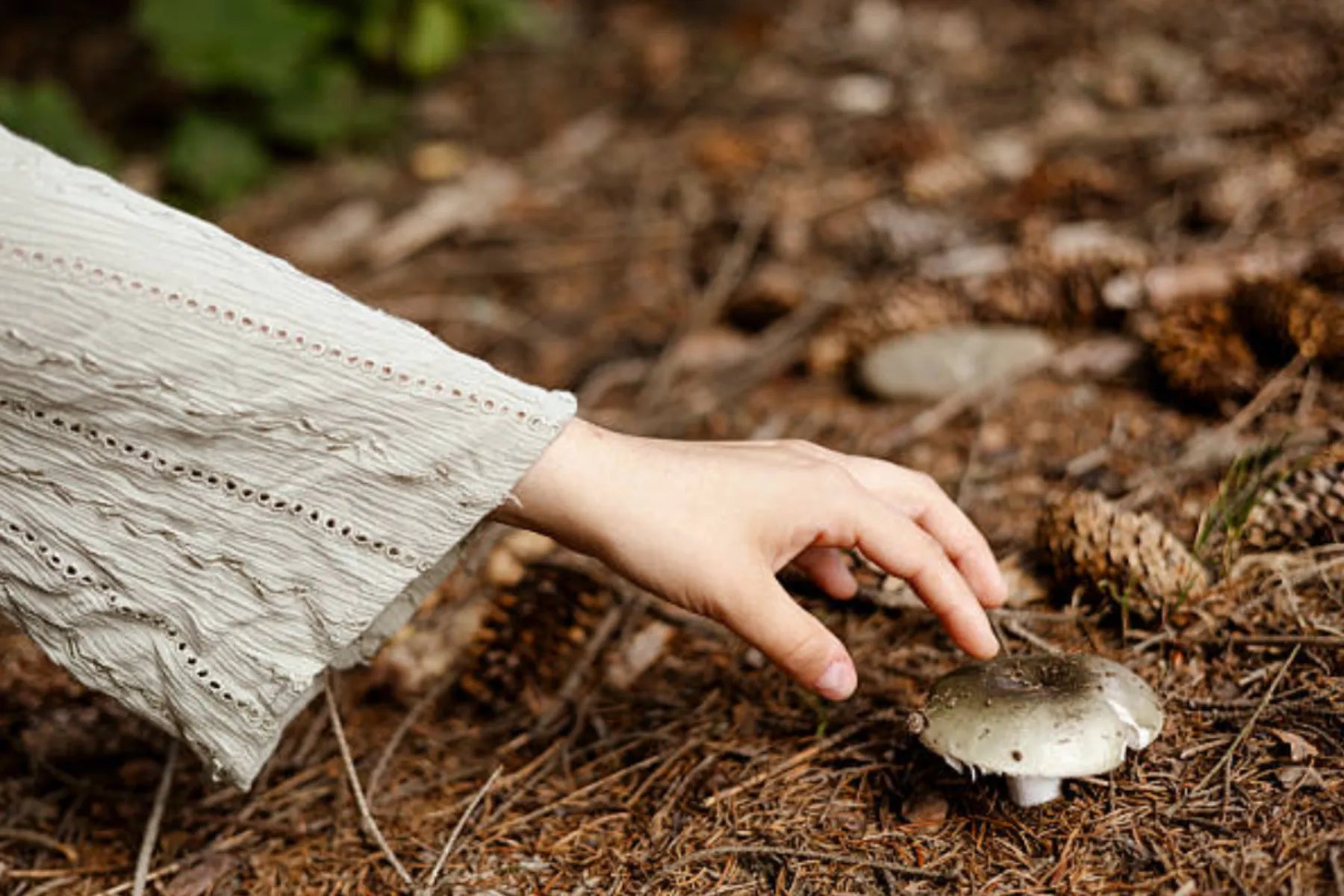
Growing exotic mushrooms isn't just a quirky hobby anymore. It's a movement. Urban gardeners, wellness enthusiasts, and eco-minded foodies are turning spare shelves and closets into mini-farms—and for good reason.
Nutrition that rivals superfoods: High in protein, rich in beta-glucans, packed with vitamins and minerals.
Medicinal potential: Reishi supports immune resilience. Lion's mane enhances cognitive function. Cordyceps boosts energy and stamina.
Culinary brilliance: Chestnut mushrooms deliver earthy, nutty depth. Black pearl oysters sear up like premium steak. Nameko adds a silken texture to soups and sauces chefs dream about.
And let's not forget the economics. Even a single fruiting block can produce pounds of gourmet mushrooms worth far more than their cost. Small-scale growers are quietly turning spare closets into steady income streams—without soil, sunlight, or acreage.
The beauty of fungi is that they want to grow. They've spent millions of years evolving to colonize almost anything. All you're doing is giving them a head start—and they reward you handsomely for it.
Your First Step Into the Mycelial Future

The hardest part about growing exotic mushrooms isn't the science—it's believing you can do it. Because once you realize that these strange, beautiful organisms practically grow themselves with a little humidity, a handful of substrate, and a dash of patience... there's no going back.
Start with one variety. Watch the mycelium weave its white network through the substrate. Then witness the magic as those alien shapes push their way into the light. You'll never look at food—or your kitchen—the same way again.
Because while most people plant tomatoes, you'll be harvesting lion's mane, reishi, and golden oyster mushrooms from your bookshelf.
